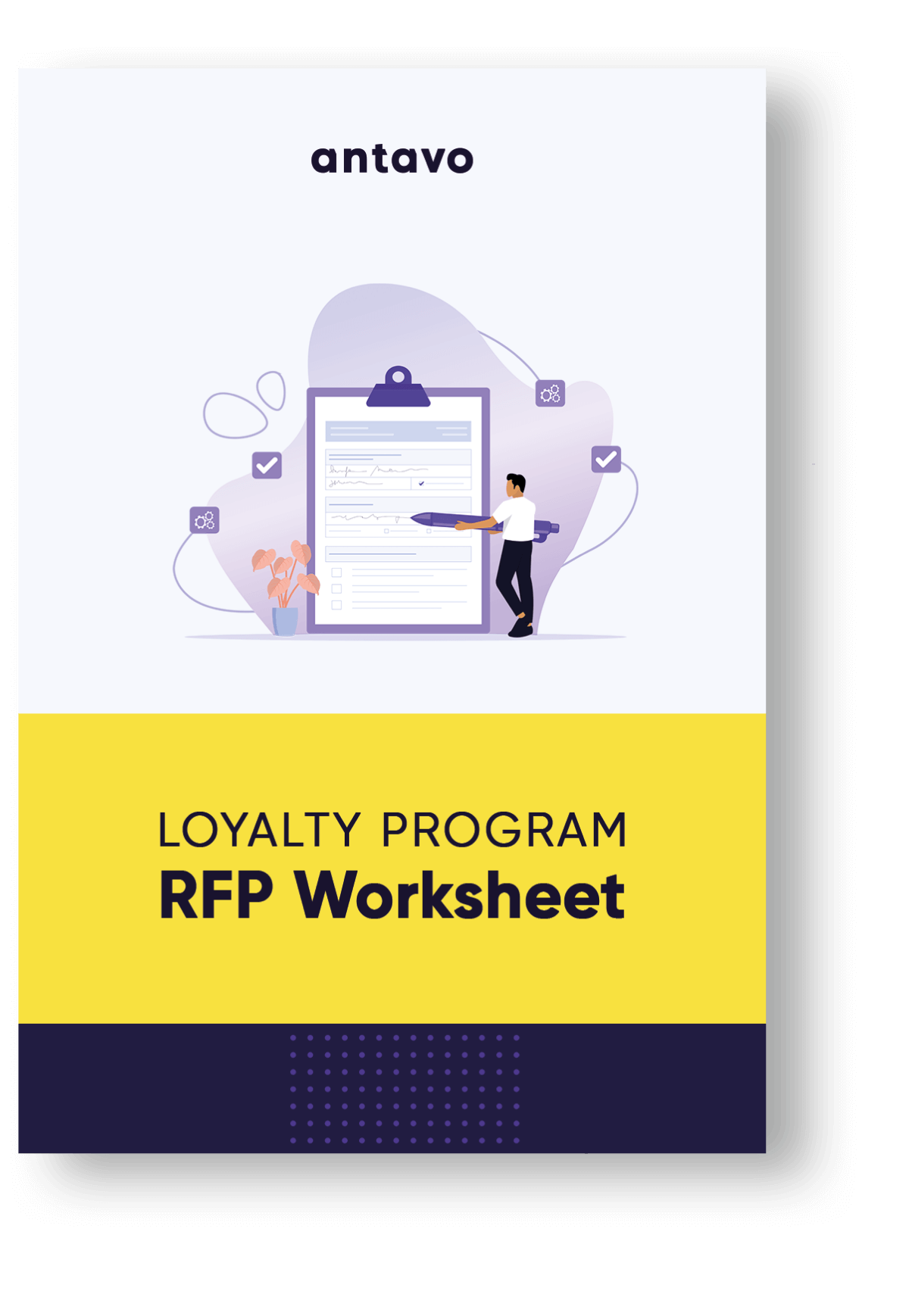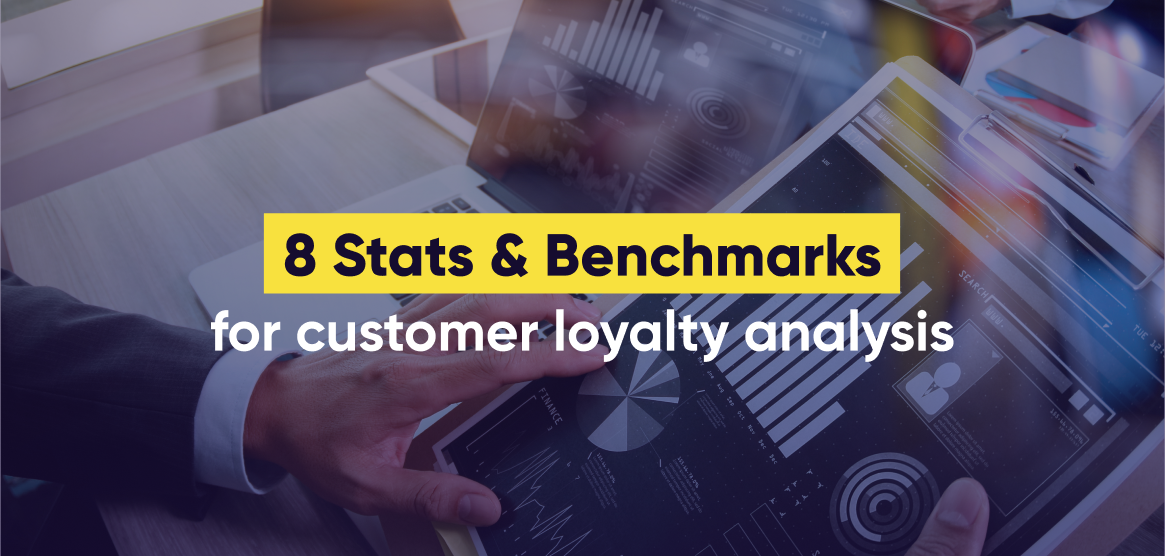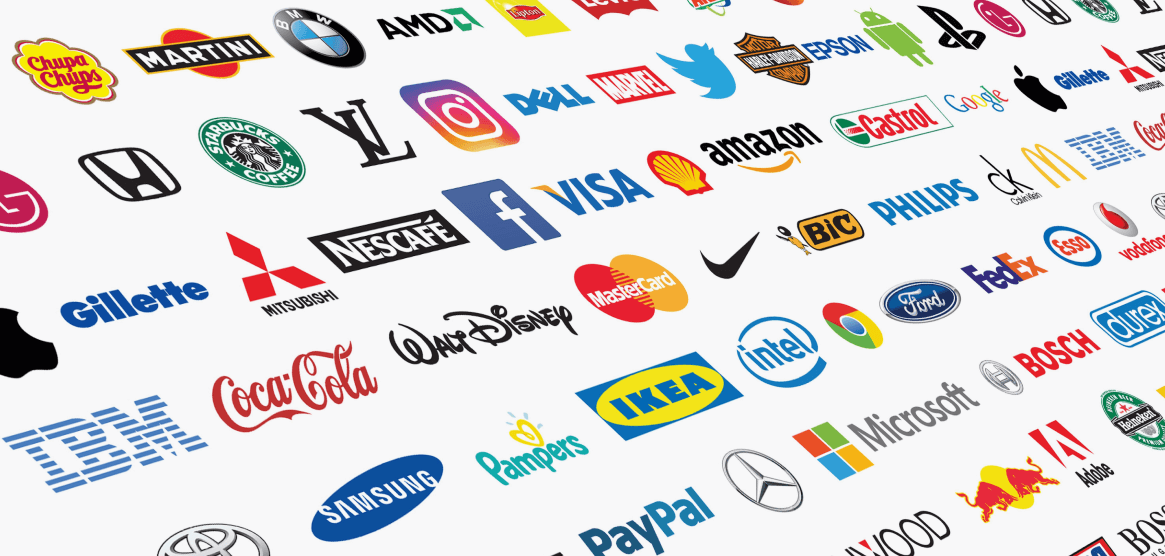I once read an interesting thought leadership piece about how the Internet and digitalization have changed our relationship with information. In the Middle Ages, people were time-rich and information poor, but nowadays it’s the opposite! Today, companies have digital warehouses full of metrics and raw data about how their business performs, but they struggle to transform it into bite-sized, actionable insights. For example, let’s say you want to see statistics on how loyal your customers are. What kind of benchmarks can show you? Where should you look? Well, that’s where several often-overlooked customer loyalty analytics come into the picture….
In our Global Customer Loyalty Report 2023, there is a whole section dedicated to loyalty program benchmarks and stats. It compliments this article’s topic really well!
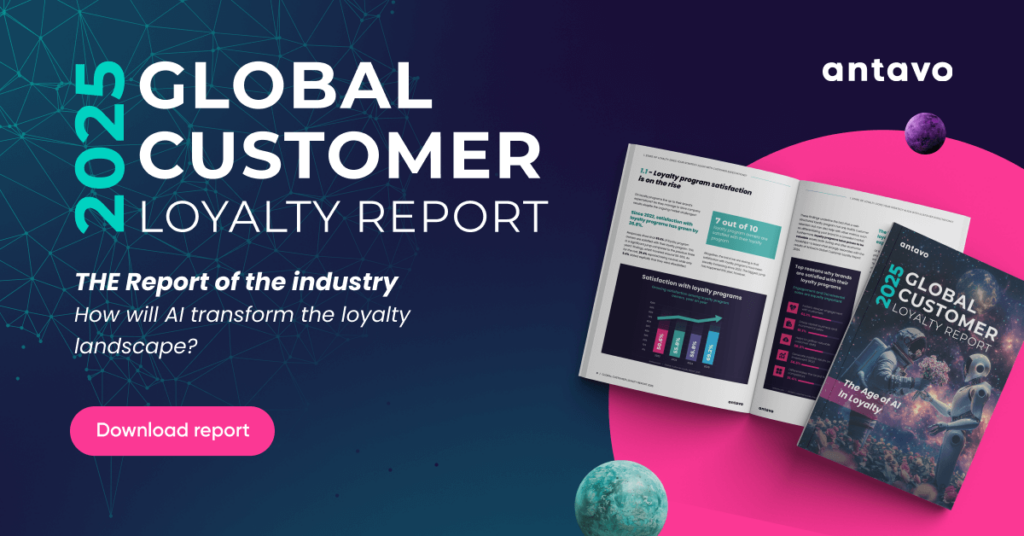
Table of Contents
Spending Isn’t the Only Way to Show Loyalty
When it comes to tracking customer loyalty, there’s something to keep in mind: customers can be loyal without spending money. Many buyers like to engage with the brand they love, despite being highly price sensitive. They might, instead, refer friends or show off their favorite products on social media. These are important actions and you should remember to factor in this form of brand advocacy when you set up your customer loyalty analytics.
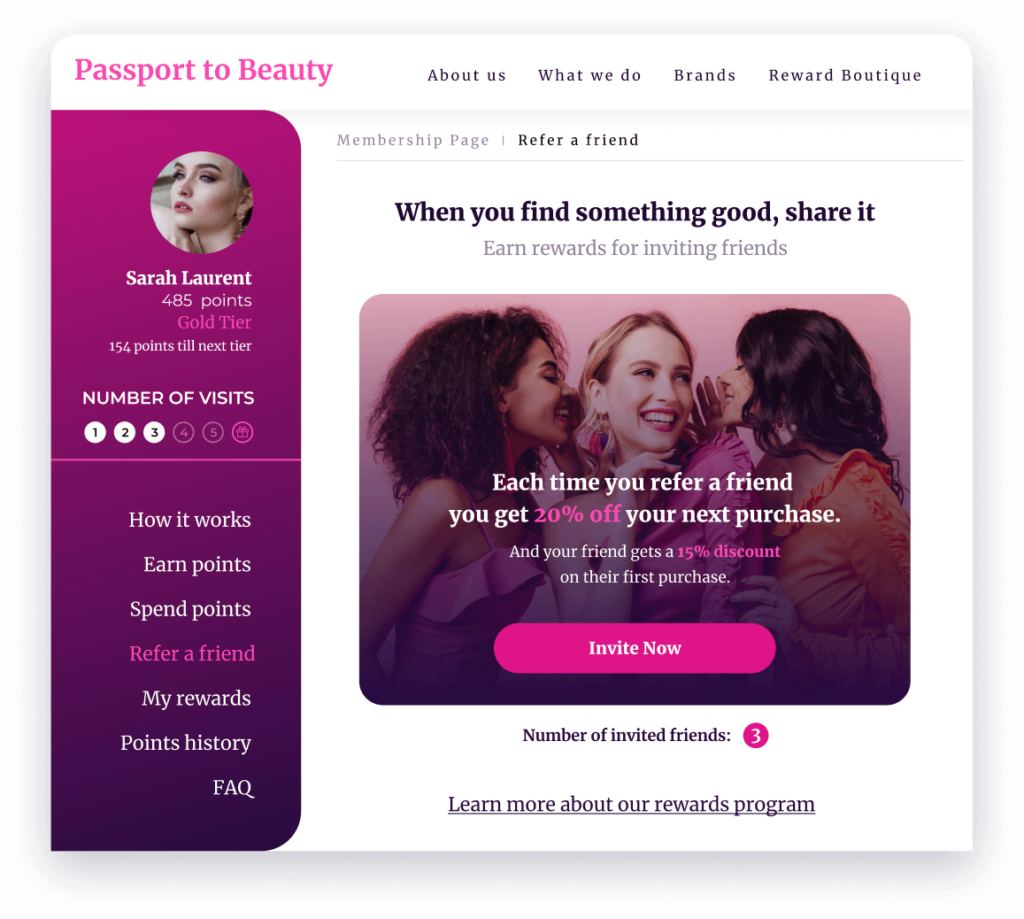
Good Loyalty Program Metrics Show that You Are on the Right Path
If you wish to improve your customer loyalty metrics, you need a well-performing loyalty program. Of course, the performance of your loyalty program needs to be monitored, just like the loyalty of your customers. In fact, the two are closely connected. Let me give you an example.
Customer sentiment is a good indicator of what your audience thinks about your brand. If it’s positive, chances are high that they’ll perform acts of loyalty — like buying more or leaving positive product reviews. But what if you want to move the general sentiment from neutral to positive?
For example, you probably heard about the power of gamification elements, like prize wheels. However, the experience can be pushed to eleven by targeting those who play with these kinds of features through surprise & delight offers, personalized specifically for this particular demographic.
Thanks to receiving this targeted reward, customers are more likely to engage more often with the prize wheel, increasing the adoption rate of the feature. Moreover, customers would have more points or rewards, prompting them to buy more of your products, so they can redeem the benefits during checkout. Lastly, all of this would result in a better overall experience and more favorable customer sentiment. See? It all ties together!
8 Benchmarks for Customer Loyalty Analysis (& Loyalty Program Analysis)
Monitoring the following metrics isn’t always straightforward. Although you can always use a survey and ask customers to rate how loyal they are on a scale of 1 to 10, the results you boil down from behavioral data are always more trustworthy. Sometimes actions speak louder than words.
1. Customer Lifetime Value (CLV)
Customer lifetime value (CLV) estimates the total amount you can expect a member to spend throughout their business relationship with you. Though this benchmark revolves around the monetary value of customers, it shouldn’t be the be-all, end-all of your customer loyalty analytics.
How to measure CLV
Surprisingly, there’s no exclusive formula for calculating lifetime value. It usually goes like this: multiply the average order value by the purchase frequency or lifespan, then deduct retention costs. This, however, might need some tweaking depending on your industry — grocery brands will have a different perspective than luxury fashion brands, car rental services, or SaaS software companies.
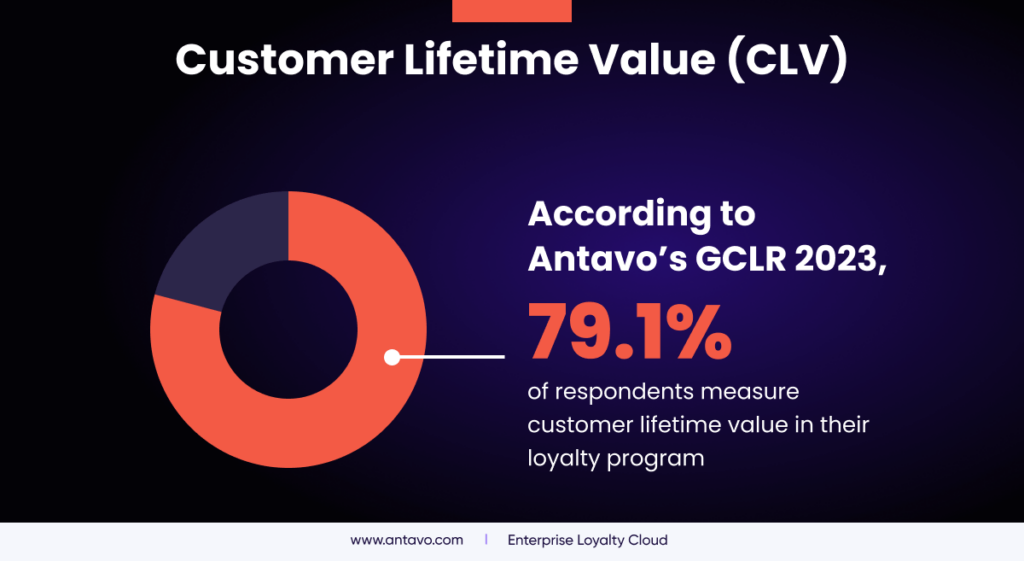
Why does CLV matter?
- It signifies the monetary relationship with your customers
- Low CLV often correlates with an increased risk of churn
- CLV also directly impacts your company’s revenue
How to increase CLV with a loyalty program
- Having 3-5 tiers keeps customers engaged for a longer period of time
- Hard benefits, like vouchers or free shipping can increase the likelihood of spend
- Surprise & delight benefits also entice customers to buy more frequently
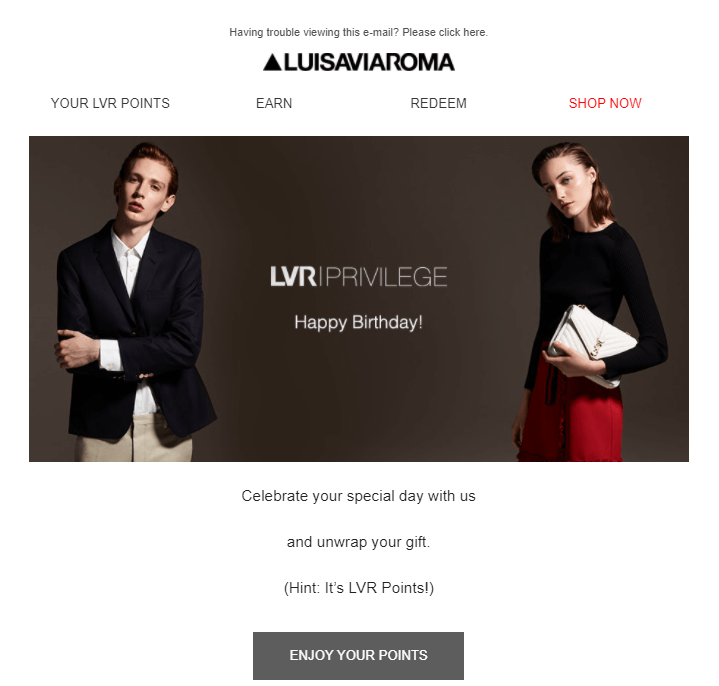
2. Net Promoter Score (NPS)
The Net Promoter Score is a metric that’s meant to determine how likely a customer is to recommend your brand, products, or loyalty program to their friends. However, NPS is seen as less and less relevant nowadays. It’s best to view NPS as an indicator, but it won’t capture the full picture regarding customer sentiment.
How to measure NPS
NPS is determined by deriving the number of detractors from the number of advocates (passive or neutral customers shouldn’t be factored in). The best practice is to measure NPS after specific occasions. This can be after a successful purchase or after contacting the customer service team. Upon receiving negative results, target customers with further surveys, asking them for details about their encounters. Even the simple task of reaching out may help to repair customer sentiment.
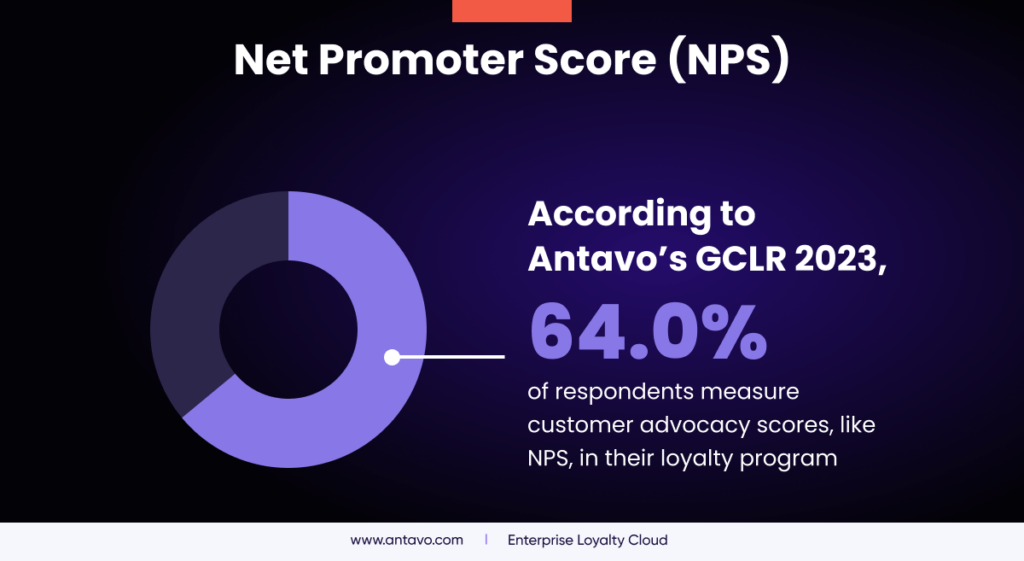
Why does NPS matter?
- High NPS can cost-effectively boost acquisition numbers
- Focusing on NPS helps you nurture brand ambassadors
- A drop in NPS can also be a warning of upcoming churn
How to increase NPS with a loyalty program
- Offer soft benefits, like early access or special privileges, that enhance the member experience
- Make sure your loyalty program offers a mix of coupons and experiential rewards, like private appointments with a brand stylist
- Create members-only events, like an anniversary party at your flagship store, and take the opportunity to meet and identify brand advocates

3. Customer Churn
Churn is all about customers who have stopped doing business with you. This can mean that either they’ve gone dormant, or that a competitor managed to win them over. When it comes to customers leaving, the number one culprit is generally a bad experience.
How to measure customer churn
To properly track customer churn, you first have to define the reference period for the calculation, based on your industry and sales cycle. This can be 12 months or 24 months. Those who hit this mark should be considered churned. The best way to combat churn is through advanced churn prediction algorithms. Many CDPs offer such capabilities as part of their service.
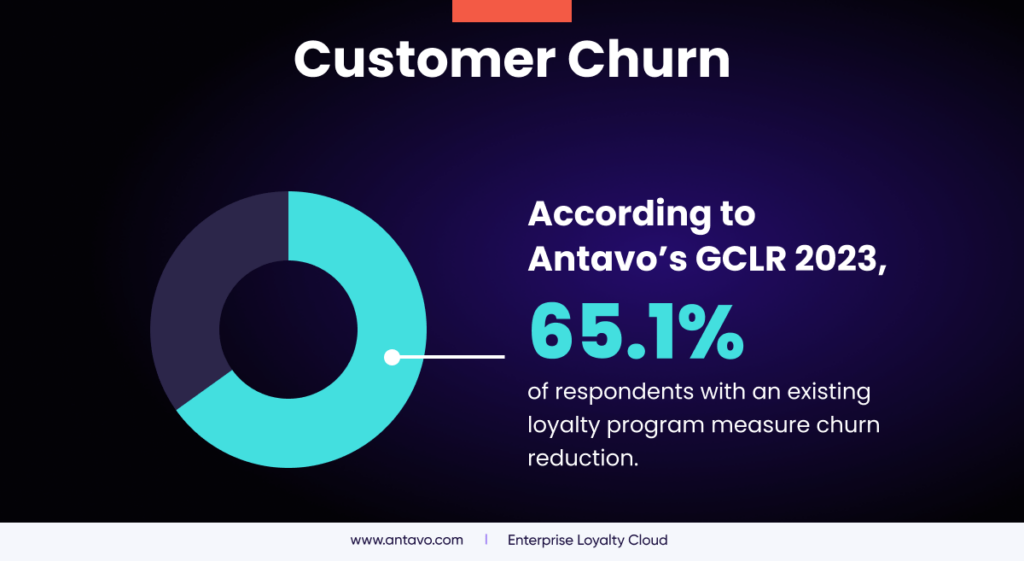
Why does churn reduction matter?
- Letting customers leave damages metrics across the board
- Reactivated customers may become more active than before
- Churn reduction often requires improvements in other areas, like reward redemption rate
How to reduce churn with a loyalty program
- Rewards, special offers, and valuable experiences are very effective tools to win back members
- Spin the wheel and other gamification elements keep customers from getting bored
- Rewarding non-transactional activities, like writing reviews or working out, prevents members from looking for alternatives
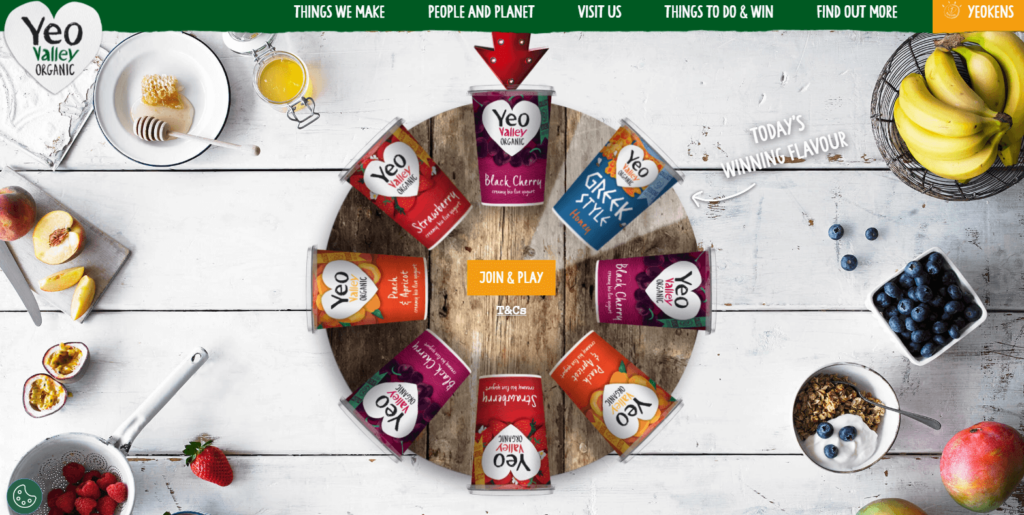
4. Return on Investment (ROI) for the loyalty program
ROI is a metric used to determine the monetary success of a loyalty program. Though loyalty programs can indeed function as revenue centers, they usually require a couple of years to take off. Plus, the main goal for loyalty programs is to create value for members and shape their behavior — that, in turn, allows the loyalty program to support other customer loyalty metrics.
How to measure customer churn
At its core, ROI (Return on Investment) measures the success of a loyalty program. It’s found by dividing the program’s profit by the total investment and cost of ongoing maintenance. Profit includes extra sales and value created by the program. The total cost covers everything from technology fees and employee costs to the price of rewards.
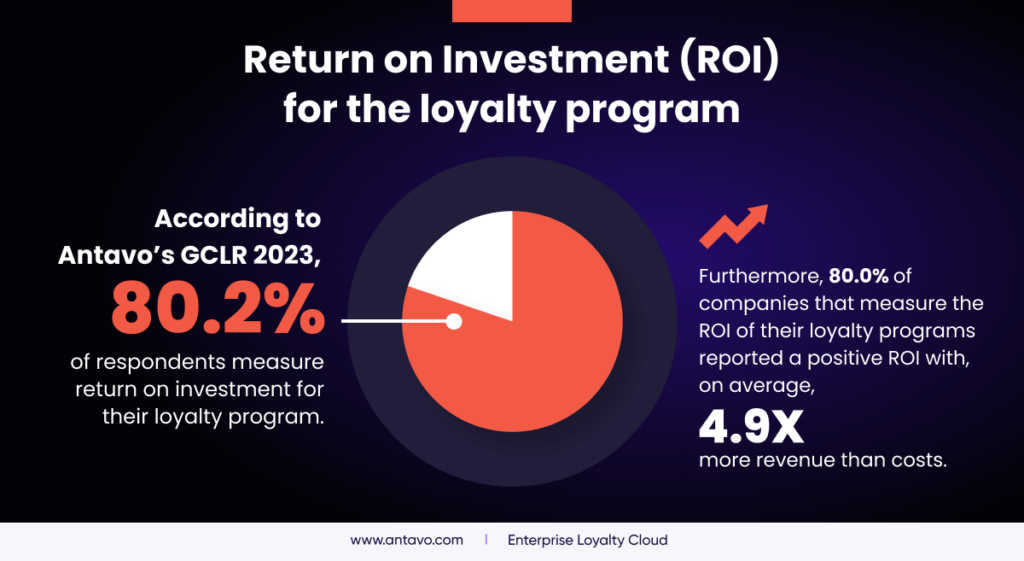
Why does measuring ROI matter?
- ROI is a useful sanity check, but it should be monitored on a yearly basis
- Measuring ROI is especially important before and after revamping your loyalty program, to monitor whether it is working as expected
- If your program’s ROI is low, consider working toward improving the reward redemption rate and/or adoption rate
How to get better ROI for your loyalty program
- Rewards don’t have to be expensive in order to work: early access costs nothing but is still considered a desirable benefit
- Don’t waste high-value coupons on members who are already loyal, because they are more interested in VIP privileges and special treatments
- Badges and challenges help to change customer behavior, so they sign in more frequently or use your app. This kind of investment can lead to higher ROI over time.
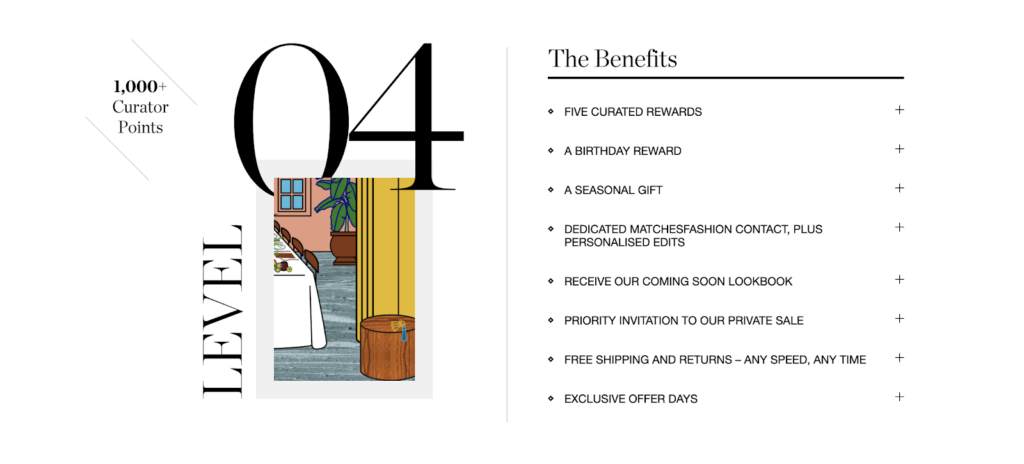
5. Redemption Rate for Points
Loyalty programs that don’t encourage customers to spend their points or redeem their available offers aren’t doing their job. Low redemption rates are always a red flag: if members are sitting on their points, they are at risk of churning.
How to measure the redemption rate
The redemption rate is calculated by dividing the total number of points or rewards assigned in your loyalty program by the number of points that have actually been used. This will never reach 100%: according to our research, 48.6% of points earned are redeemed by loyalty program members, on average.
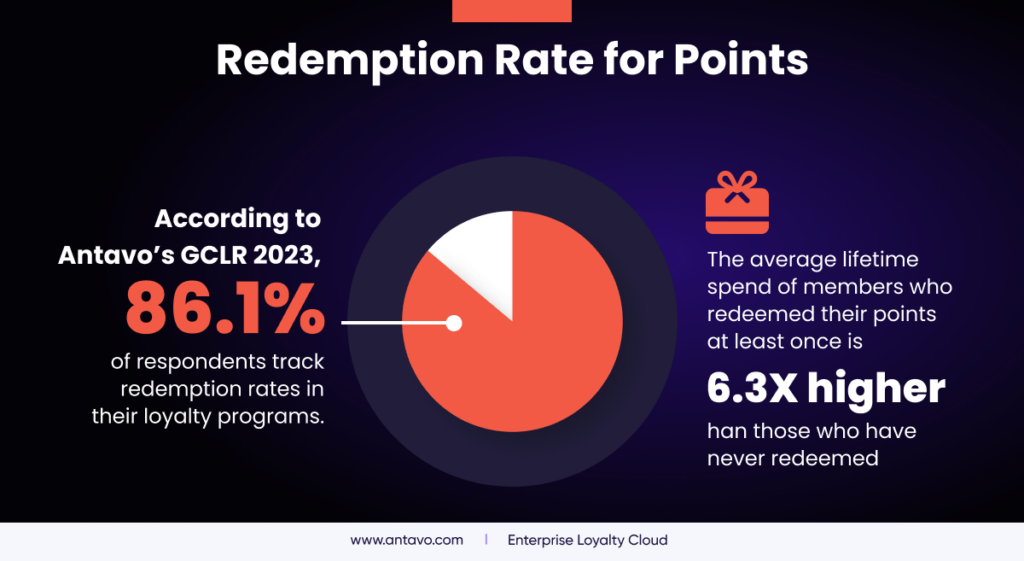
Why does measuring redemption rate matter?
- A high redemption rate means customers are actively involved with your loyalty program
- If you see customers sitting on their points, it’s time to intervene and encourage redemption.
- Measuring redemption rate during limited-time campaigns indicates how successful they were
How to get high redemption rates in your loyalty program
- Organize limited-time campaigns where customers can earn rewards for fewer points
- Make sure customers can earn points even if they aren’t spending their money
- Create a diverse rewards portfolio, including physical rewards, merch, digital downloadables, special experiences, and partner rewards
6. Loyalty Program Adoption Rate
Even though retaining existing customers is cheaper than acquiring new ones, you still need a healthy influx of fresh faces to keep your loyalty program (and your business) alive. Your loyalty program adoption rate will show how many enrolled members use the loyalty program.
How to measure the adoption rate
The adoption rate can be measured in two ways. First, you can compare the number of customers who enroll in the loyalty program vs your total number of customers. The second way is to look at the number of customers who have performed at least one specific action (buying something as a member, completing their profile, redeeming a reward, etc.), during a given period of time. This time window should depend on your industry, though it will generally be around 3-6-12 months or possibly more.
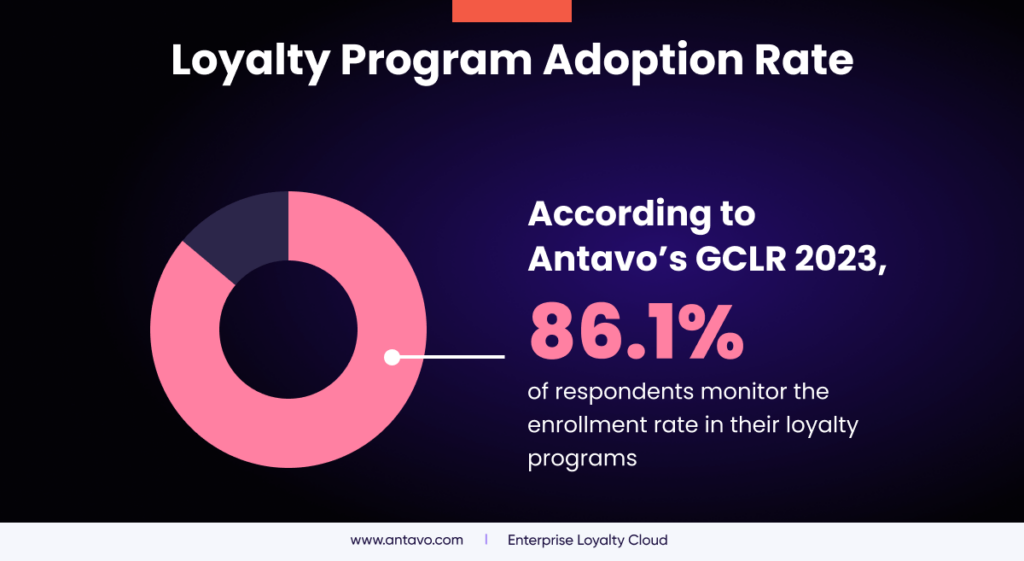
Why does measuring the adoption rate matter?
- It helps to highlight the effectiveness of your loyalty program in its early stages
- Comparing the adoption rate to churn rates helps you see the growth of the program
- Adoption rate is especially crucial during the first months following the program’s launch or re-launch
How to get higher adoption rates in your loyalty program
- Offer enticing welcome rewards
- Create VIP tiers or special incentives for influencers
- Give customers something in exchange for completing their profiles
KFC UK & Ireland’s Rewards Arcade combines an arcade-style minigame with a strong focus on app-based engagement to win the hearts of customers. This led to a 53% increase in the number of app downloads. Check our case study for more results.
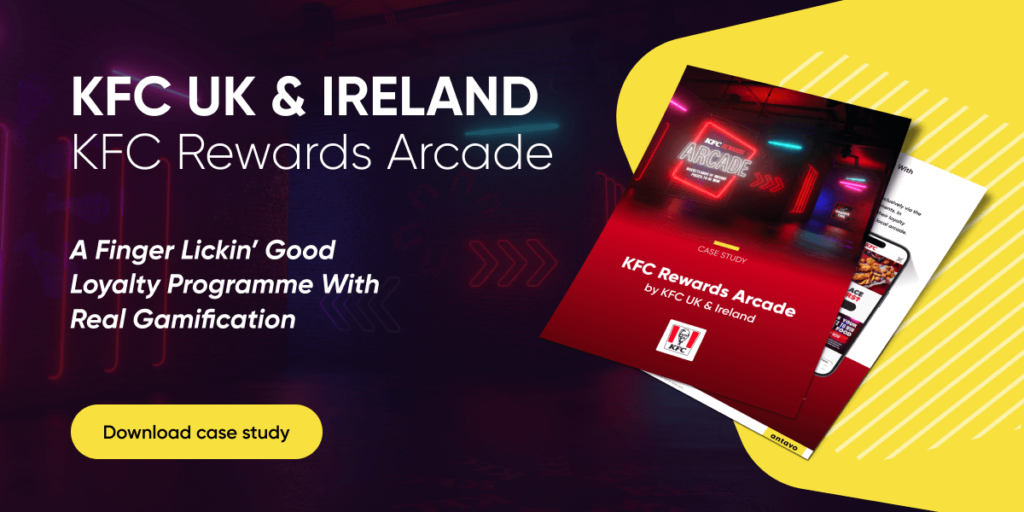
7. Repeat Purchase
Motivating customers to make the critical second or third purchase is the hallmark of a successful loyalty program. After all, customers who buy multiple times from you are, without a doubt, showing signs of loyalty—you just need to keep nurturing them.
How to measure the repeat purchase rate
Tracking repeat purchases shows you the ratio of members who have made more than one purchase over a set period of time vs the total member base. The general rule of thumb here is to track your repeat purchases over a specific period of time, so you can compare repeat purchase rates from one period to the next, to better understand your customers’ spending habits.
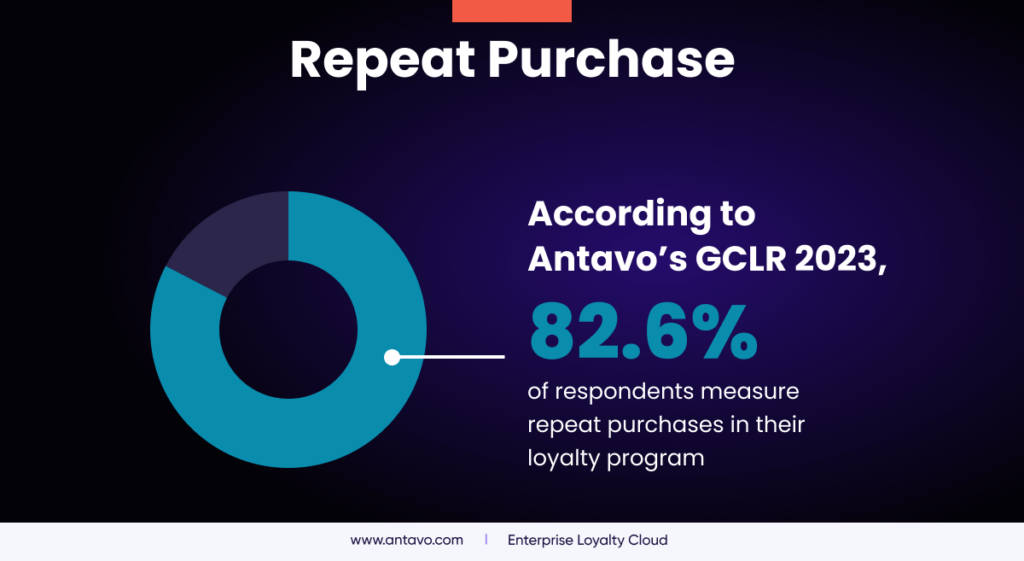
Why does measuring repeat purchase rate matter?
- High repeat purchase rates contribute to a better ROI
- Repeat purchase rates show how strong your loyalty program’s retention power is
- It also indicates that your welcome rewards and early reward experience are working
How to increase repeat purchase rates in your loyalty program
- Create a perks program, where members have instant access to all benefits
- Offer a valuable reward, like free shipping, as a one-time welcome gift
- Make sure that customers can easily earn enough points to redeem their first reward
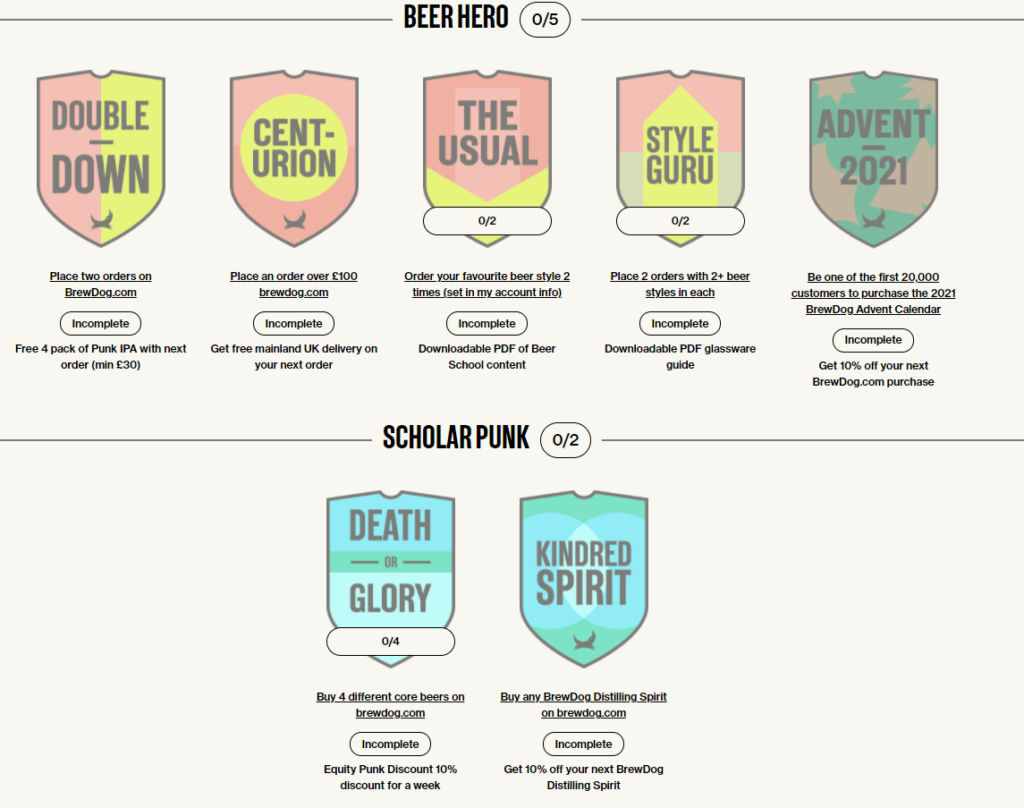
8. Incremental Sales Generated by the Loyalty Program
Another indicator that your loyalty program is on the right track is that it pushes customers to buy more often and spend more overall. This should not be difficult, as loyalty program members usually spend more than non-members—though some say that’s simply because they are naturally more engaged.
How to measure incremental sales
To better understand incremental sales, just compare how much money loyalty program members spend on average, compared to non-members. Plus, for an even better understanding of how your loyalty program is performing, you can measure this customer loyalty metric independently for different customer segments.
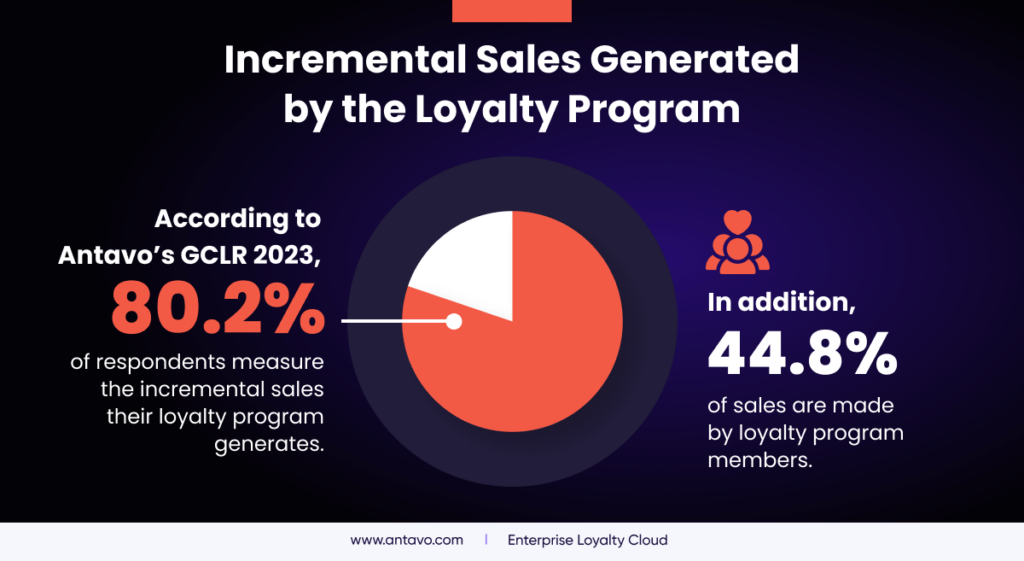
Why does measuring incremental sales matter?
- Incremental sales help you identify how much your loyalty program contributes to sales
- Incremental sales boost the ROI for both the program and your business overall
- Using it while A/B testing new features gauges their effectiveness
How to increase incremental sales with your loyalty program
- Gamify the loyalty experience
- Have multiple tiers, with high-value rewards
- Offer experiential rewards with high emotional value
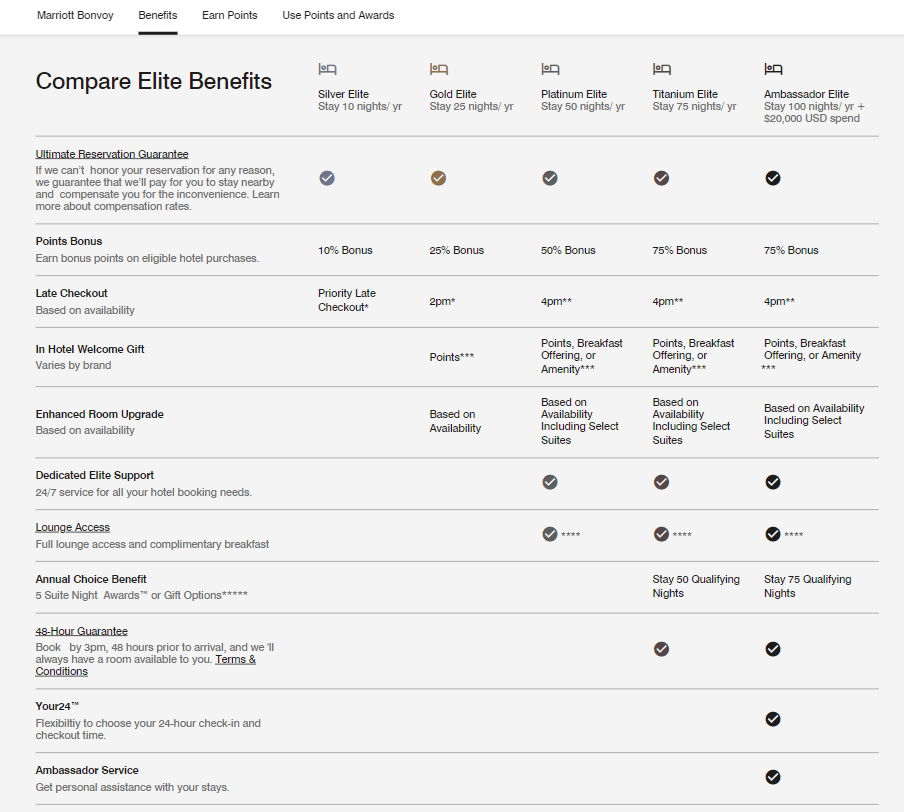
Always Keep an Eye on Your Customer Loyalty Analytics
Though we can all agree that knowing how your loyalty program performs is important, we far too often see that businesses think about what they should track and how once their program has already launched. Don’t make this mistake — make sure you plan out the customer loyalty metrics you wish to track while you are still planning your loyalty program’s concept.
Speaking of great ideas, if you wish to use the best loyalty program technology to turn your dream concept into a reality, book a demonstration with our experts, or send us an RFP.
And don’t forget to download our Global Customer Loyalty Report 2023 for more industry trends, stats and benchmarks!

